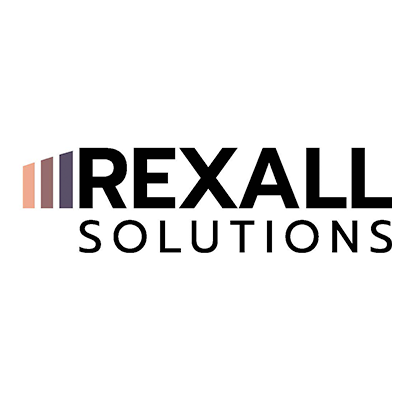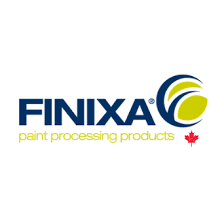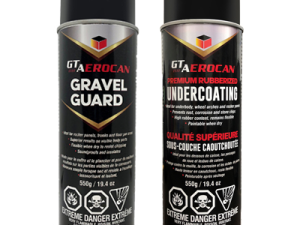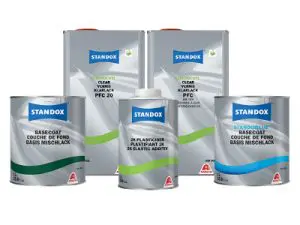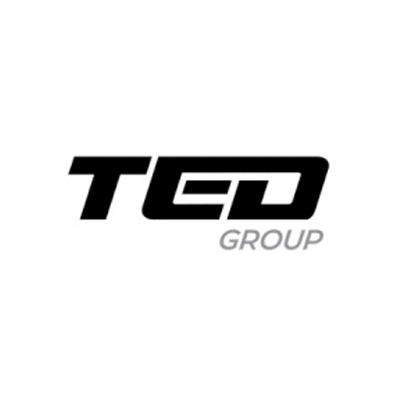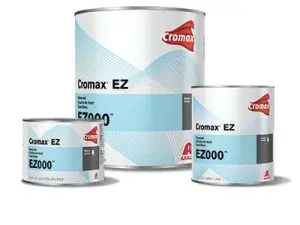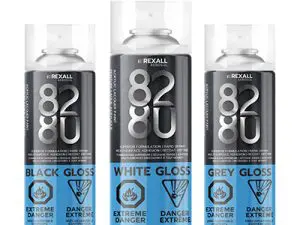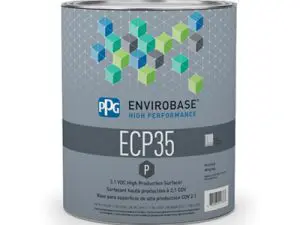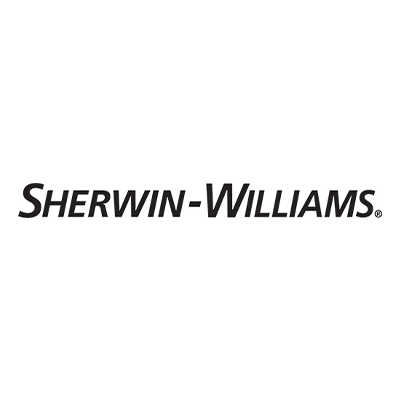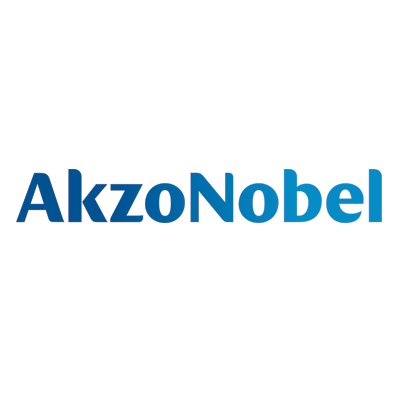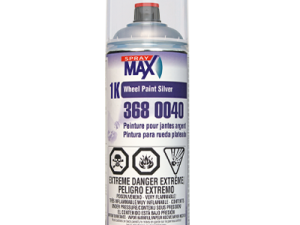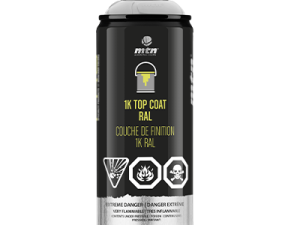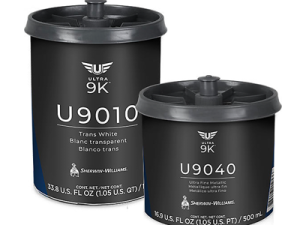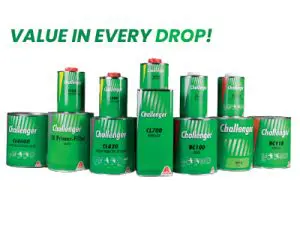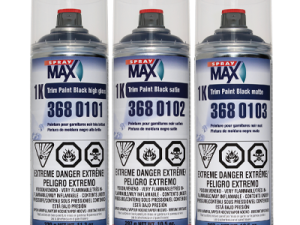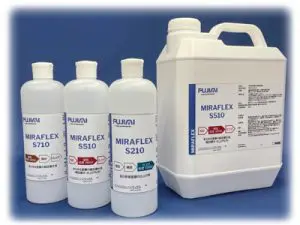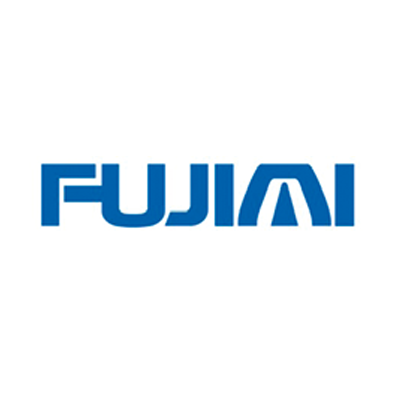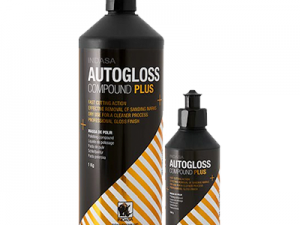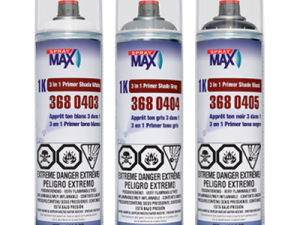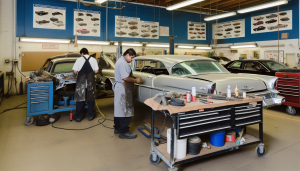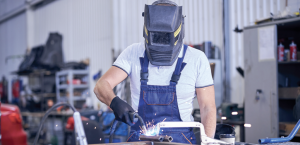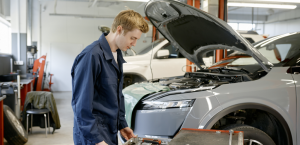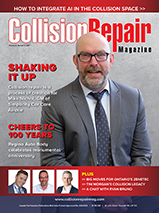PAINT WITH THE PROGRAM
ECO-FRIENDLY PAINT TRENDS ARE DUE FOR DEVELOPMENT
Modern paint technology is developing in ways that would be outright fantasy a few decades ago. Multiple industry experts including CEICA point towards the integration of nanotechnology in auto coatings, from colour- shifting paint to ceramic bonding and paint with metallic flecks in it—an invention that may add visual flair, but amplifies the vehicle’s detectability by other AVs on the road, thanks to the flecks reflecting light and radar signals at the sensors.
While you and your customers may not want an AV, being detected by AVs on the road is a safety issue, not a cosmetic one. This distinction may translate to more auto coatings having AV detection in mind, potentially becoming a mainstay of your paint range and another medium to master.
In contrast, paint companies and automakers are becoming increasingly eco-conscious. Take BMW’s own venture with BASF’s paint sustainability process. The OEM has said it is “taking advantage of new options to conserve resources and reduce emissions in bodywork,” and claims to be the first automaker to use matte paints made from biomass instead of crude oil. BMW uses the process and materials in its European plants. BASF says these paints are “chemically identical” to paints previously used, with all the same properties as conventionally manufactured body coatings.
The technology inside paint may change but your work hasn’t—so long as you learn with the curve and you’re set for spraying success. Precise colour matching, attention to detail, patience, using appropriate application techniques and keeping your tools pristine are still the bread and butter that turn expensive canned liquids into beautiful automotive coatings.
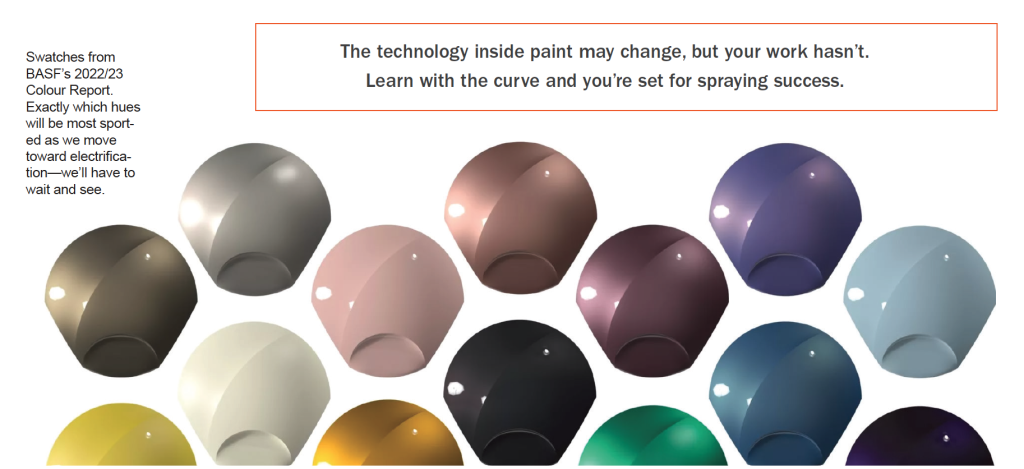
-

Compliant Urethane Basecoat Reducer
Read more0 out of 5 -


GREEN PAINT SYSTEM
Read more0 out of 5 -

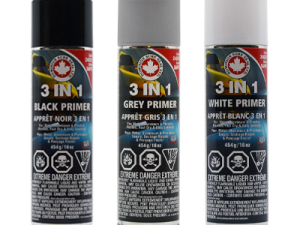
Dominion Sure Seal 3 in 1 Primer
Read more0 out of 5 -

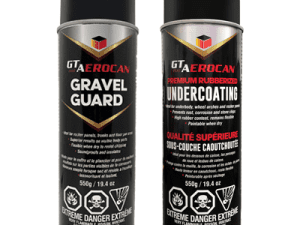
Premium Rubberized Undercoating & Gravel Guard
Read more0 out of 5 -


Standox by Axalta
Read more0 out of 5 -

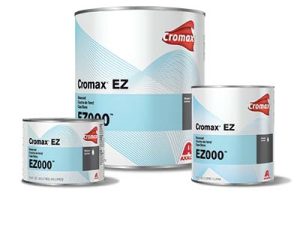
Cromax® EZ
Read more0 out of 5 -

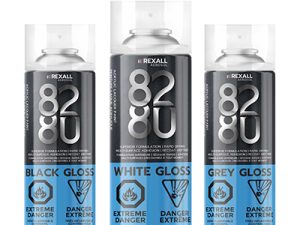
ACRYLIC LACQUER PAINT
Read more0 out of 5 -

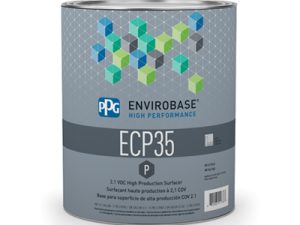
Envirobase® High Performance 2.1 Low VOC High Production Surfacer, ECP35
Read more0 out of 5 -


Sunfire PRO
Read more0 out of 5 -


Sikkens Autowave
Read more0 out of 5 -


1K Wheel Paint Silver 3680040
Read more0 out of 5 -

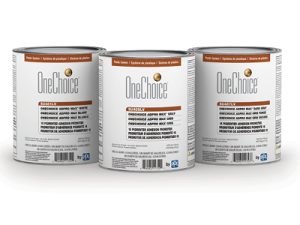
ONECHOICE ADPRO MAX
Read more0 out of 5 -


RAL Color Paint
Read more0 out of 5 -


Ultra 9K™ Waterborne Refinish System
Read more0 out of 5 -

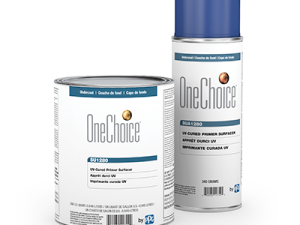
OneChoice UV Primer
Read more0 out of 5 -

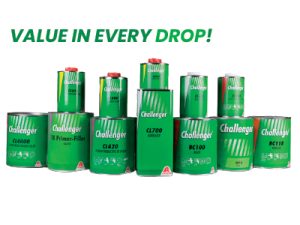
Challenger by Axalta
Read more0 out of 5 -


SprayMax 1K Trim Paint Black
Read more0 out of 5 -


MIRAFLEX – Automotive/Car Paint Correction
Read more0 out of 5 -

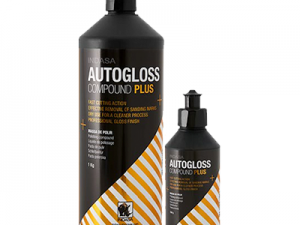
AUTOGLOSS COMPOUND PLUS
Read more0 out of 5 -

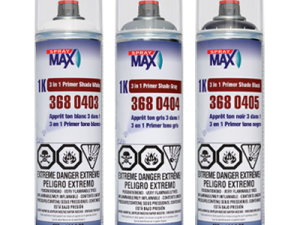
SprayMax 1K 3in1 Primer Shade
Read more0 out of 5 -

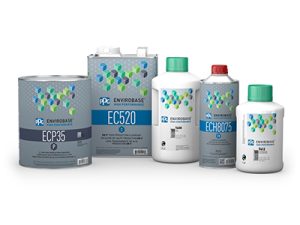
Envirobase® High Performance Basecoat
Read more0 out of 5





